Maryland is wilder than you think.
From the shadowy ridges of the Appalachians to the salty spray of the Atlantic coast, this small state is crawling, soaring, slithering, and splashing with creatures you never knew lived right next door.
Think bald eagles scanning the Chesapeake, black bears lumbering through western forests, and tiny, jewel-toned frogs hiding in backyard ponds. Maryland is basically an all-access backstage pass to some of nature’s most fascinating performers.
You just have to know where—and what—to look for.
We’re diving into 17 animals that aren’t just surviving here—they’re owning it. Some are stealthy. Some are loud. A few could probably beat you in a staring contest. All of them have something wild going on.
Eastern Box Turtle
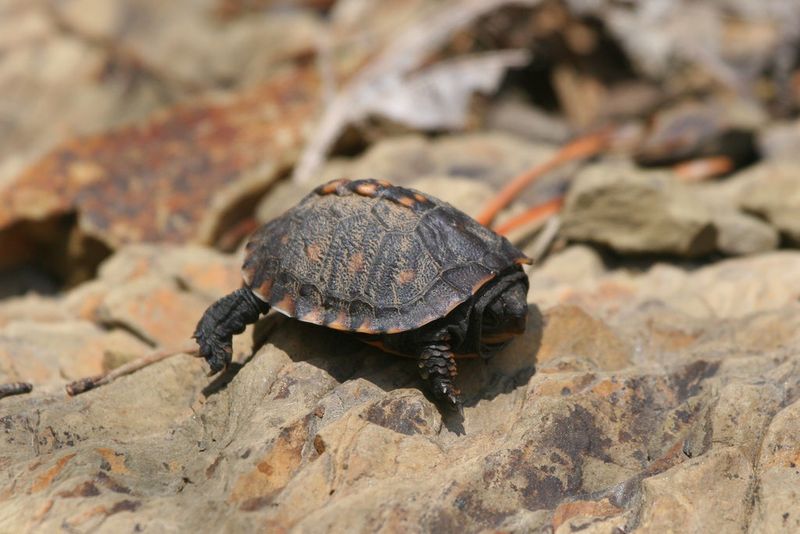
With its vibrant, colorful shell, the Eastern Box Turtle is a sight to behold in Maryland’s deciduous forests. This terrestrial reptile has a unique hinged shell, allowing it to completely close itself in, offering protection from predators.
Box turtles are often spotted after rain, leisurely making their way across the forest floor. Their diet consists primarily of insects, fruits, and occasionally mushrooms, which they forage in the undergrowth.
Interestingly, they have homing instincts and can navigate back to their original territory if displaced. Conservation efforts are crucial to preserve their habitat from urban development.
Baltimore Oriole
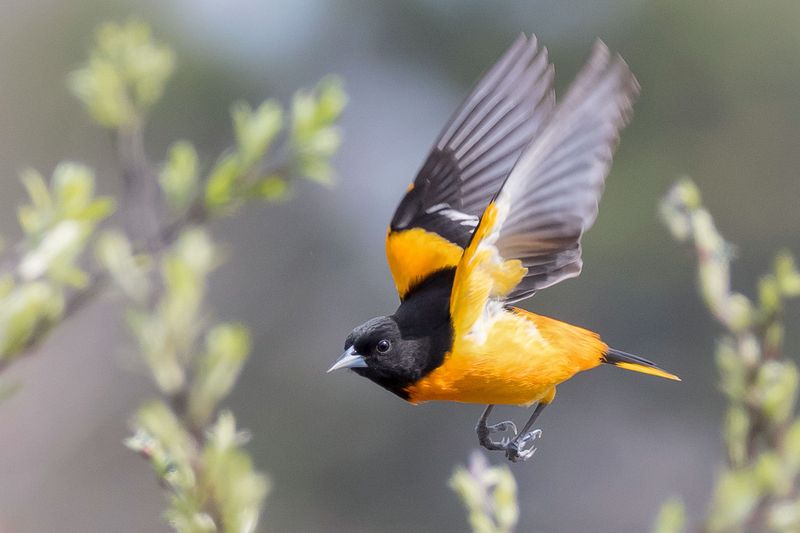
The Baltimore Oriole, Maryland’s state bird, is a true symbol of the region’s vibrant bird life. Known for its striking orange and black feathers, this songbird is a delight in spring and summer months.
Orioles typically weave intricate, hanging nests in tree branches, offering a secure environment for their young. They feed primarily on insects, fruits, and nectar. To attract these beauties to your backyard, consider hanging sliced oranges or nectar feeders.
Their melodious song and stunning appearance make them a favorite among birdwatchers and nature enthusiasts alike.
Maryland Blue Crab
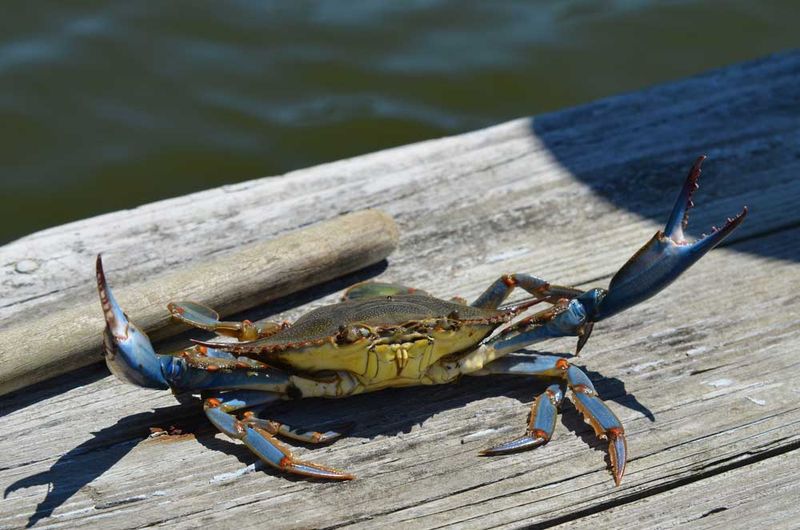
Synonymous with Maryland cuisine, the Maryland Blue Crab is not just a delicacy but a vital part of the local ecosystem. These crabs are known for their striking blue claws and sweet, tender meat.
Found predominantly in the Chesapeake Bay, they play a crucial role in maintaining the health of the bay’s environment. Blue Crabs are most active from late spring through early fall.
They are scavengers, feeding on a mix of plants and animals, which helps in keeping the bay clean. Sustainable crabbing practices are essential to preserve their populations.
White-tailed Deer
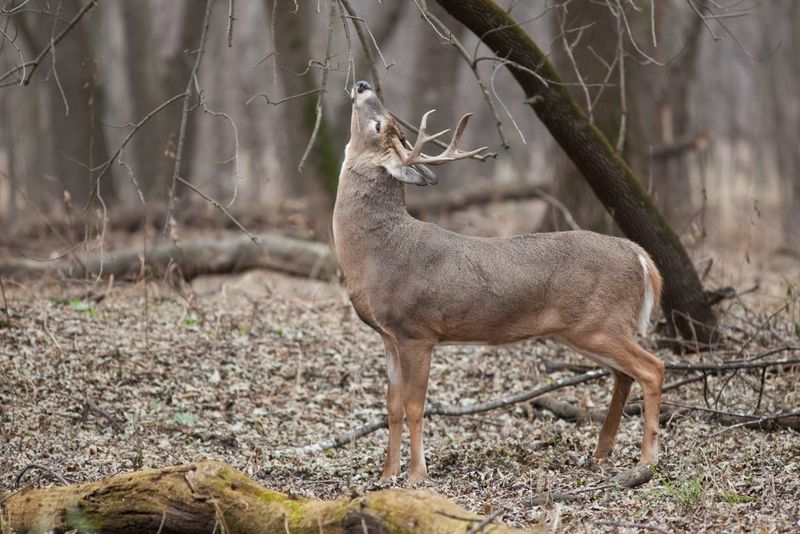
The White-tailed Deer is a common but majestic presence in Maryland’s woodlands and suburban areas. Recognizable by their namesake white tail, these deer are swift and graceful, often seen grazing at dawn or dusk.
In autumn, males grow impressive antlers used in sparring matches during the rutting season. These herbivores primarily feed on leaves, twigs, and fruits, shaping the habitat as they browse.
Despite being a common sight, they are key to the ecological balance, influencing plant growth and providing prey for local predators.
American Black Bear
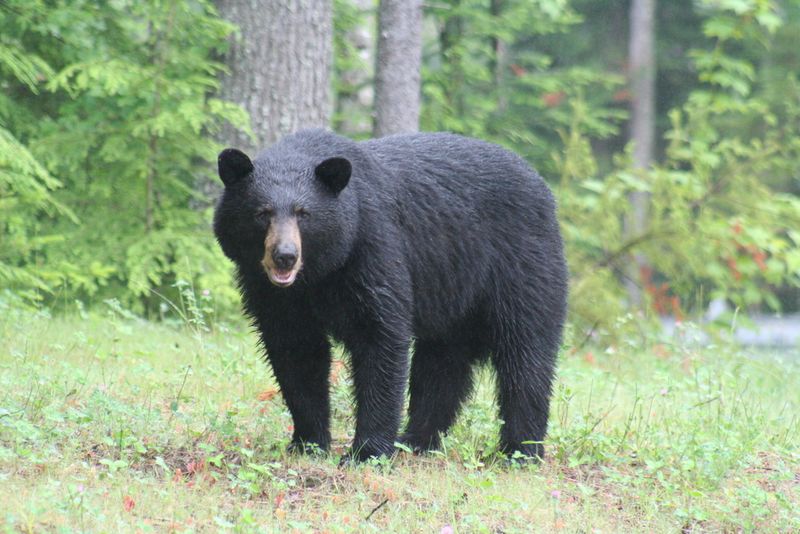
Resilient and adaptable, the American Black Bear is a true icon of Maryland’s wilder terrains. Generally solitary, these bears have a keen sense of smell and are adept climbers, often seen foraging along forest edges.
Their diet is diverse, consisting of fruits, nuts, insects, and occasionally small mammals. They play a pivotal role in seed dispersal, helping to maintain the health of forest ecosystems.
Black bears hibernate during winter, surviving on their fat reserves. Their presence underscores the importance of preserving expansive natural habitats in the state.
Chesapeake Bay Retriever
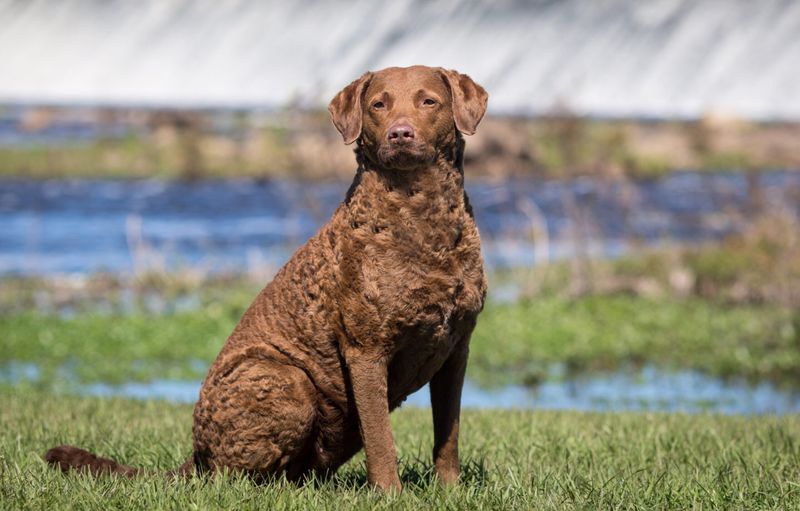
The Chesapeake Bay Retriever, fondly known as the “Chessie,” is a breed developed in the Chesapeake Bay area, known for its love of water and retrieving prowess. With a dense, waterproof coat, this dog is well-equipped for swimming in the bay’s chilly waters.
These dogs are intelligent and loyal, making them excellent companions for active families. Their energetic nature requires regular exercise and mental stimulation.
Historically bred for hunting waterfowl, they are skilled at navigating through rough waters, demonstrating remarkable agility and endurance.
Eastern Gray Squirrel
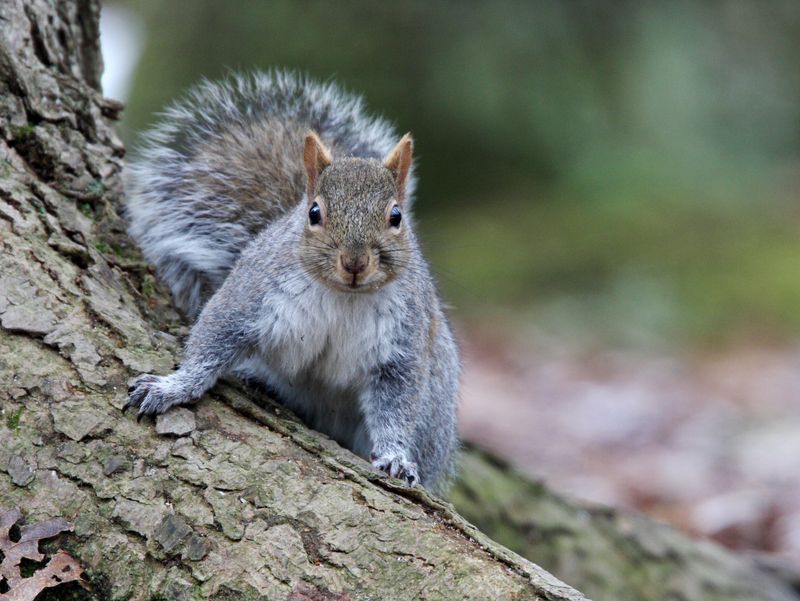
The ubiquitous Eastern Gray Squirrel is a familiar sight in Maryland’s parks and backyards. Known for their bushy tails and playful antics, these squirrels are highly adaptable and thrive in urban and suburban settings.
They have a varied diet that includes nuts, seeds, fruits, and even fungi, which they often bury and retrieve later. This behavior inadvertently aids in seed dispersal, contributing to forest regeneration.
With keen senses and agile movements, gray squirrels are fascinating to watch as they navigate treetops and scavenge for food.
Great Blue Heron
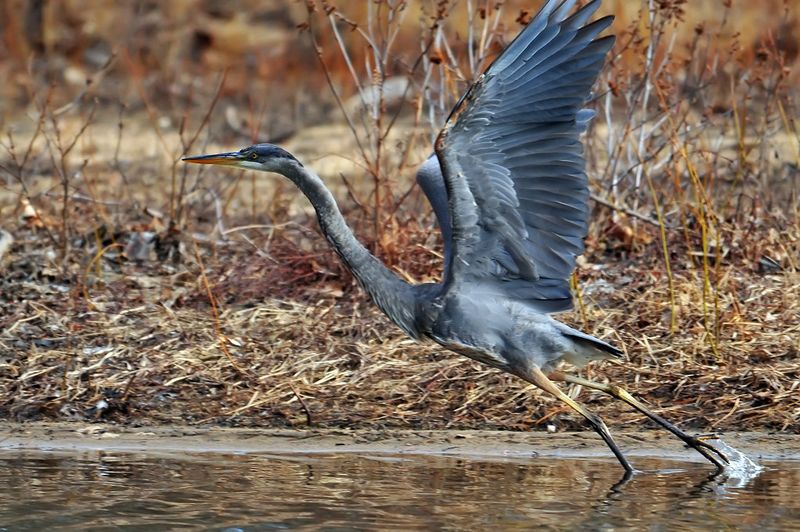
The Great Blue Heron, a stately bird of Maryland’s wetlands, is instantly recognizable by its long legs and elegant neck. They are expert fishers, often seen wading quietly through shallow waters before striking with lightning speed.
These herons primarily feed on fish, but they also consume amphibians and small mammals. Their presence is an indicator of a healthy wetland ecosystem.
Observing a heron in flight, with its slow wing beats and poised posture, is an awe-inspiring experience, reminding us of the beauty and complexity of nature.
Red Fox
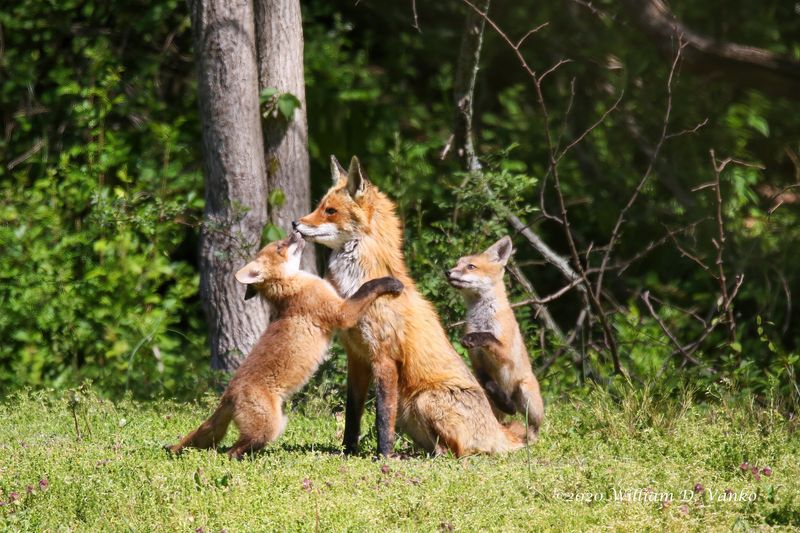
The elusive Red Fox is a charming and cunning resident of Maryland’s landscapes. With its bushy tail and striking red fur, the fox is a master of adaptation, thriving in both rural and urban environments.
These omnivores have a diverse diet, ranging from small mammals and birds to fruits and insects. Known for their intelligence, red foxes often cache food for later consumption.
Observing a fox in the wild offers glimpses into its secretive life, filled with stealth and strategy, as it navigates its territory.
Osprey
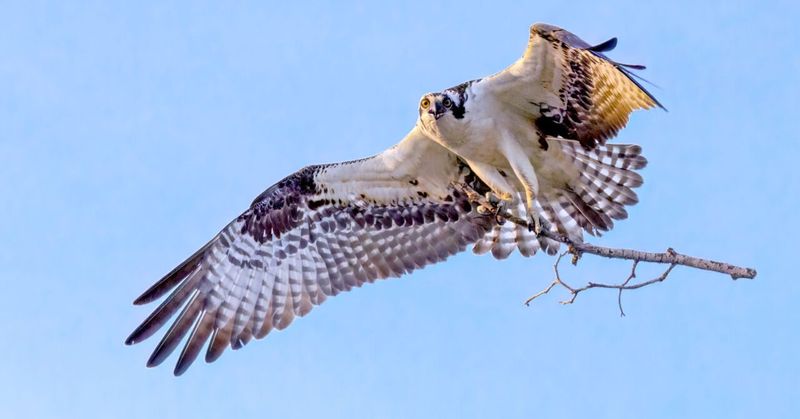
Ospreys, also known as “fish hawks,” are captivating raptors seen along Maryland’s coastal regions. These birds of prey are adept fishers, diving with precision to catch their meals from the water.
Their nests, often built atop man-made structures, are large and conspicuous. The presence of ospreys is a positive indicator of water quality and biodiversity.
Watching an osprey soar and hunt is a testament to their incredible adaptability and skill, reflecting the intricate balance of the ecosystems they inhabit.
Eastern Screech Owl
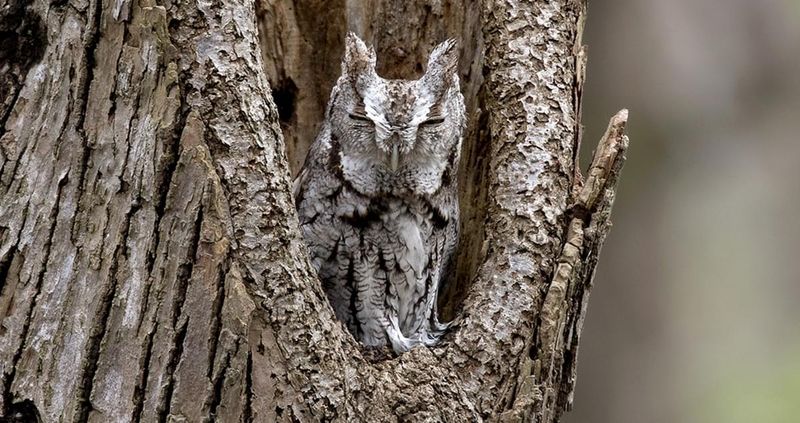
The Eastern Screech Owl, a tiny yet formidable predator, is a nocturnal wonder of Maryland’s forests. Its camouflaged plumage allows it to blend seamlessly with tree bark, making it a secretive presence during daylight.
Despite its small size, this owl has a diverse diet, including insects, small mammals, and even other birds. Their eerie, trilling calls echo through the night, adding an element of mystery to the forest.
Spotting one requires patience and a keen eye, as they perch silently, ever watchful of their surroundings.
Diamondback Terrapin
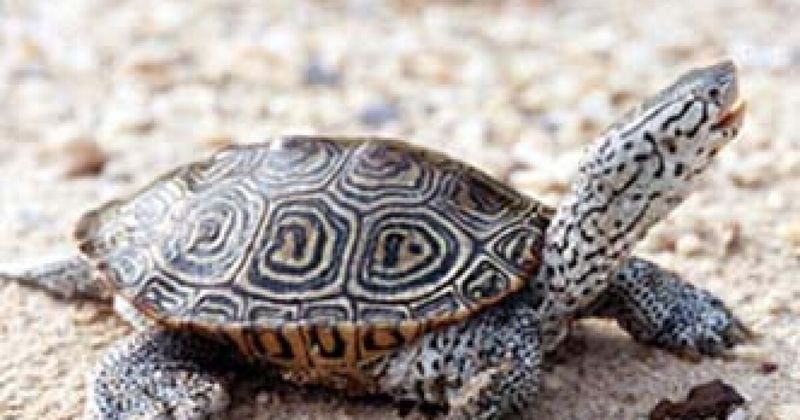
The Diamondback Terrapin, with its intricately patterned shell, is a unique inhabitant of Maryland’s tidal marshes. These turtles are adapted to brackish waters, spending much of their time in estuarine environments.
Terrapins feed on a variety of aquatic organisms, including crustaceans, mollusks, and insects. They are known to bask in the sun, often seen on logs or floating debris.
Conservation efforts are crucial to protect their habitats, as they face threats from habitat degradation and human activities.
Northern Cardinal
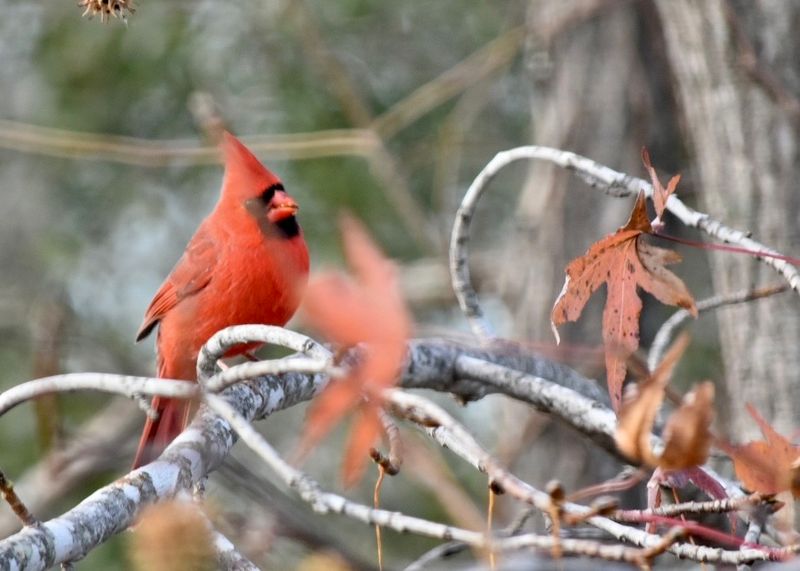
The Northern Cardinal, with its brilliant red plumage and distinctive crest, is a striking figure in Maryland’s seasons. Males are especially noticeable against the winter landscape, adding a flash of color to otherwise muted surroundings.
These songbirds are known for their melodic whistles, which resonate through gardens and woodlands. Cardinals are seed enthusiasts, often visiting feeders in search of sunflower seeds.
Their presence in a garden is a testament to its hospitability for avian visitors, making them a favorite among bird lovers.
Eastern Cottontail
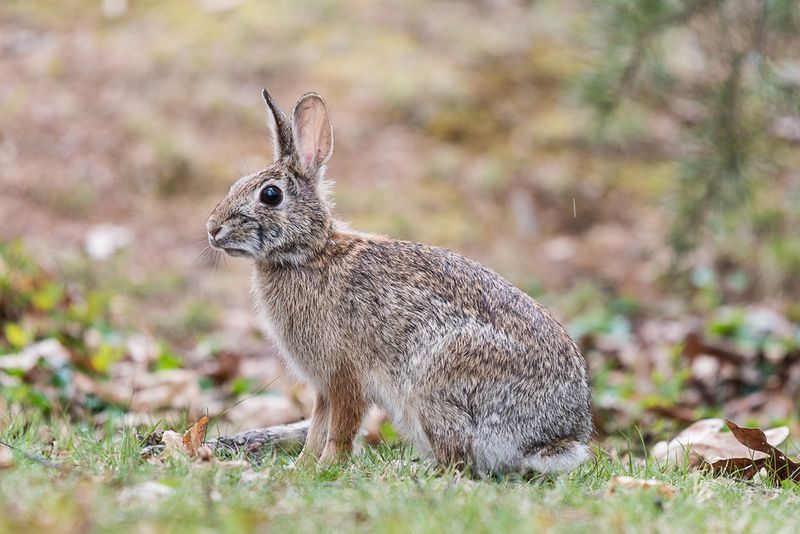
The Eastern Cottontail, with its soft fur and twitching nose, is a cherished sight in Maryland’s meadows and gardens. These rabbits are known for their quick, bounding movements and distinctive fluffy tails.
Primarily herbivorous, they feed on grasses, herbs, and twigs, playing a role in shaping the plant community. Their breeding habits are prolific, with multiple litters produced each year.
Spotting a cottontail amidst tall grasses, ears perked and alert, captures the essence of springtime vitality and natural beauty.
Monarch Butterfly

The Monarch Butterfly, a symbol of transformation and endurance, migrates through Maryland’s landscapes in a stunning display of nature’s cycles. Known for their striking orange and black wing patterns, monarchs are often seen fluttering among milkweed plants.
These butterflies undertake an epic migration journey to overwintering grounds in Mexico. Conservation efforts to preserve milkweed habitats are vital for supporting their lifecycle.
Witnessing a monarch’s delicate flight is a reminder of the interconnections between species and the importance of preserving natural habitats.
Barn Owl
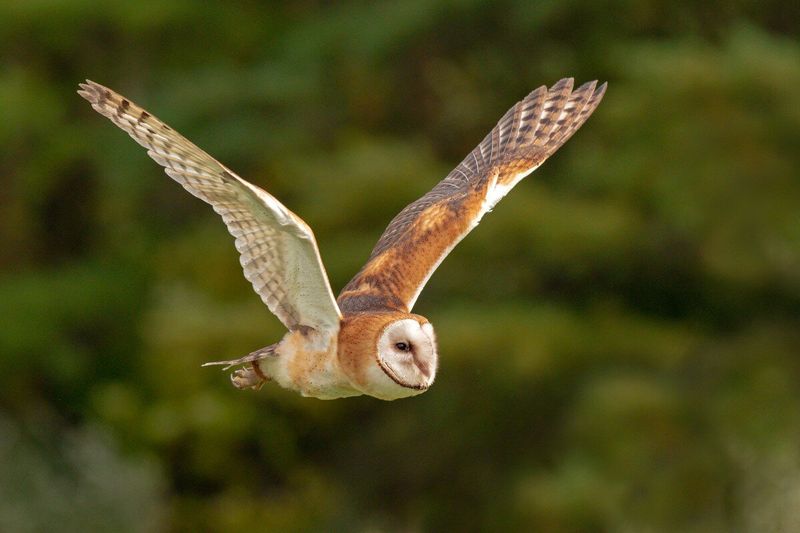
The Barn Owl, with its ghostly appearance and silent flight, is a fascinating predator of Maryland’s nocturnal skies. Its heart-shaped face aids in sound detection, making it an adept hunter of small mammals.
Barn owls are often found in open fields and farmlands, where they use their stealth to capture prey. Their presence indicates a healthy rodent population, contributing to pest control.
Spotting a barn owl in flight, with its pale wings and silent grace, offers a magical glimpse into the hidden world of night-time nature.
River Otter
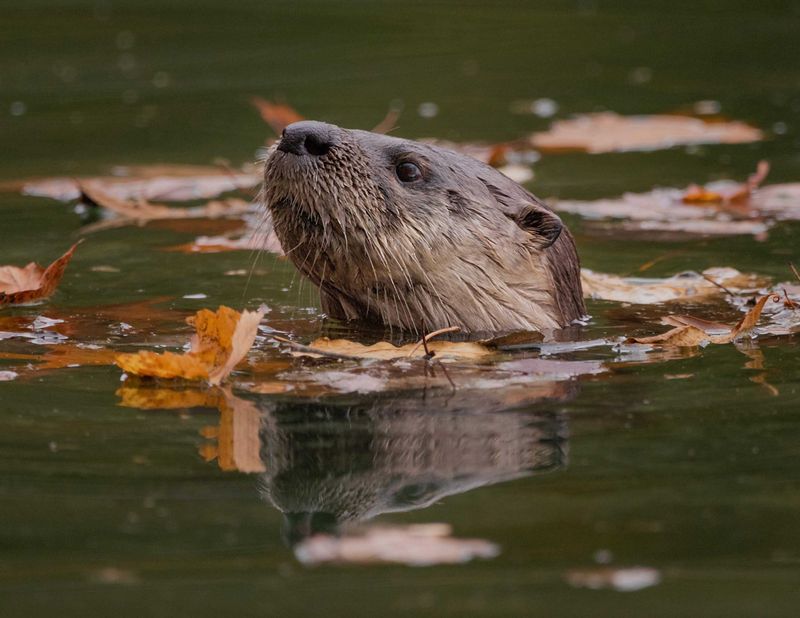
The River Otter, with its sleek body and joyful demeanor, is a playful resident of Maryland’s waterways. These mammals are agile swimmers, often seen sliding into streams and rivers in pursuit of fish and amphibians.
River otters are social creatures, known for their playful interactions and vocalizations. Their presence is an indicator of healthy aquatic ecosystems.
Observing an otter at play, with its boundless energy and curious nature, is a testament to the vibrant life that flourishes in Maryland’s natural environments.

